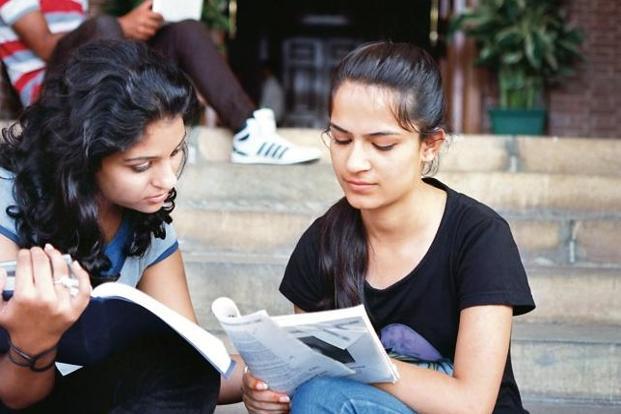Skip to content

Relevant for Sociology, GS & Essay:-

- When we think about the future of work—and all the jobs that will have to be created for India’s expanding youth population—we should hold one thought above all in mind: most children who are currently in primary school will be earning their living in employment that don’t yet exist.
- This at first might seem a difficult concept to grasp, but just consider that today India is home to 4 million app developers—a work sector that did not exist less than three decades ago. In the same space of time, the word “Amazon” has gone from meaning a mighty river in South America to one of the largest online retailers in the world. These transformations in society are the result of technological progress.
- Digital technologies are changing the shape of work before our eyes. Yes, they are enabling firms to automate and this will reduce employment in some old, typically low- and medium-skill sectors. But they also help firms to increase productivity, to innovate, and subsequently to create new products and sectors. Emerging markets like India stand to gain—but they need to have the right skills at the ready.
- The demand for certain skills is going up in today’s labour markets. These skills include complex problem-solving and analysis, and social skills such as teamwork and relationship management. Reasoning and self-efficacy are also increasingly important, particularly as they improve adaptability. In a survey of employers of engineers in India, socio-behavioural skills were ranked at or above technical qualifications and credentials in terms of their significance for the employability of recent graduates. Building these skills requires strong human capital foundations—and building these foundations is especially important in early childhood development.
- In fact, most of these traits are learnt by infants up to the age of 5-6. If children miss out during this period in life, it is hard to catch up. These foundations can be established through effective early childhood development programmes and basic education. Investments in nutrition, health and stimulation in the first thousand days of life build stronger brains.
- So, as the World Development Report 2019 argues, India needs to focus even more strongly on the quality of education it offers to its greatest asset—its citizens. Or what economists call human capital. For most children, skill foundations are formed through primary and secondary education. Yet, the acquisition of foundational skills that one would expect to happen in schools is not occurring.
- Through investments in this area—what is called foundational human capital—India can prepare its people for the coming shifts in jobs, skills and market structures. Lack of investments, instead, will leave future generations—especially the poorest—at a severe disadvantage, amplifying inequalities that already exist. In the worst-case scenario, this might create instability when rising aspirations are met with frustration instead of opportunity.
- In fact, a lot of investments in human capital have already begun in India and are likely to have a positive impact in the coming years. The shift in the education sector towards more competitive federalism and results-based financing is expected to improve accountability and learning outcomes. India’s agreement to participate in PISA is a major step forward in its policy landscape that will help rank India with global peers based on education outcomes. India also needs to think about its current stock of adolescents and working adults. Every year, 12 million youth enter the labour market in India. By 2030, the country will have 123 million 25- to 29-year-old citizens. And, bolstered by social media, their aspirations will be high. For these young people, many of whom did not graduate with a high-school diploma, adult learning programmes and forms of tertiary education are the only remaining path to adequate skills development. According to some estimates, only 24% of 18- to 37-year-olds who dropped out of school before completing the primary level can read.
- India’s tertiary education system is the second largest in the world, after China. It is home to more than 35 million students and over 50,000 institutions. The most prestigious institutions within this system have global standing and are responsible for making India a world leader in the high-tech sector. But for this success to be taken to the next level, India’s tertiary education system needs three sets of reforms.
- First, it requires more flexibility between the general and technical tracks. Second, more focus on building the skills I discussed earlier. And third, ensuring that specific universities become effective innovation clusters. As part of the Startup India initiative, seven new research parks have been established on Indian Institute of Technology campuses to promote innovation through incubation and collaboration between universities and private sector firms. More initiatives like these are needed.
- India also needs to overhaul its short-term skilling programmes. Adult learning is an important channel for readjusting skills to fit in the future of work, but it would benefit from a serious design rethink. Pedagogies that are customized to the adult brain, and flexible delivery models that fit in well with adult lifestyles, can make adult learning programmes more effective.
- The World Bank is serious about getting policymakers and governments to think harder about human capital. The changing nature of work makes the case for doing this. Investing in human capital now and over the long term is an investment with profound implications for people’s future prosperity and for national economic growth.


